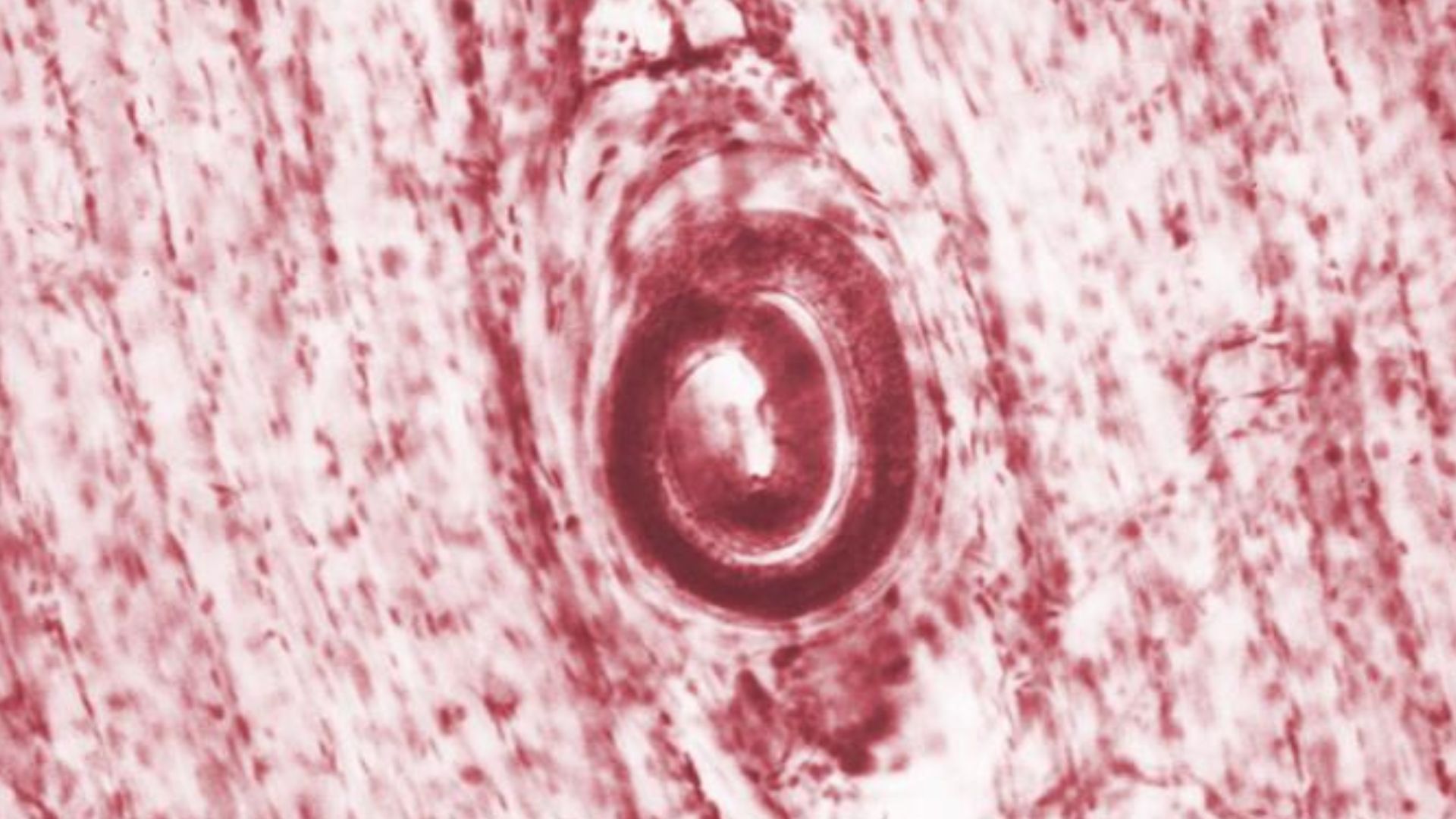Pharmaceuticals, Vol. 17, Pages 545: Antibacterial, Anti-Biofilm, and Anti-Inflammatory Properties of Gelatin–Chitosan–Moringa-Biopolymer-Based Wound Dressings towards Staphylococcus aureus and Escherichia coli
Pharmaceuticals doi: 10.3390/ph17050545
Authors: Salma Bessalah Asim Faraz Mohamed Dbara Touhami Khorcheni Mohamed Hammadi Daniel Jesuwenu Ajose Shamsaldeen Ibrahim Saeed
In contemporary times, the sustained aspiration of bioengineering and biomedical applications is the progressive advancement of materials characterized by biocompatibility and biodegradability. The investigation of the potential applications of polymers as natural and non-hazardous materials has placed significant emphasis on their physicochemical properties. Thus, this study was designed to investigate the potential of gelatin–chitosan–moringa leaf extract (G–CH–M) as a novel biomaterial for biomedical applications. The wound-dressing G–CH–M biopolymer was synthesized and characterized. The blood haemolysis, anti-inflammatory, antioxidant, and antibacterial activities of the biopolymer were investigated against Gram-positive (Staphylococcus aureus) and Gram-negative (Escherichia coli) bacterial isolates. Our results showed that S. aureus swarming motility was drastically affected. However, the biopolymer had no significant effect on the swarming motility of E. coli. In addition, the biopolymer showed high antibacterial capacities, especially against S. aureus. Plasmid DNA was observed to be effectively protected from oxidative stresses by the biopolymer. Furthermore, the biopolymer exhibited greatly suppressed haemolysis (lower than 2%), notwithstanding the elevated concentration of 50 mg/mL. These results indicated that this novel biopolymer formulation could be further developed for wound care and contamination prevention.

 1 month ago
20
1 month ago
20


